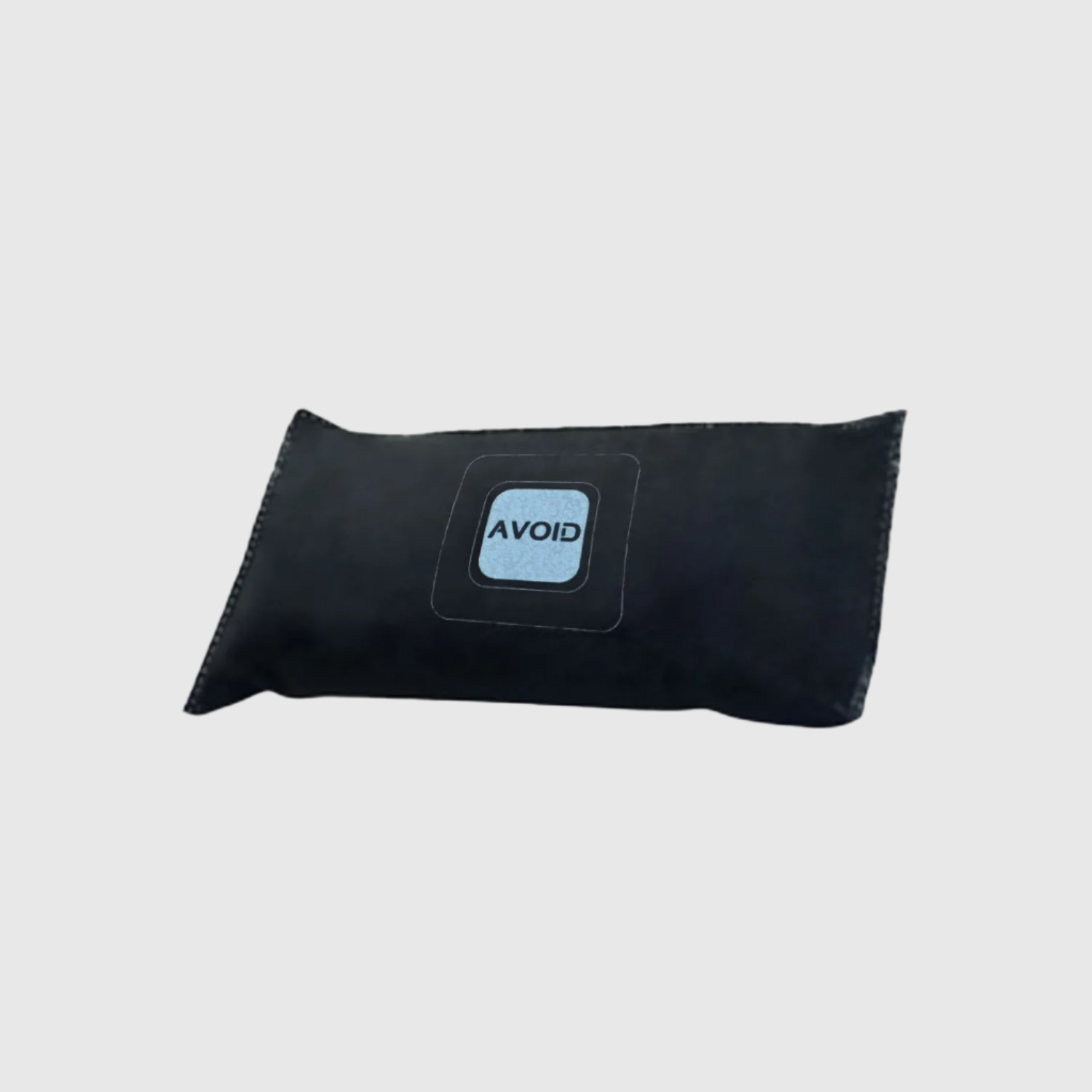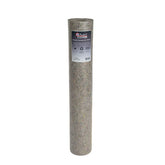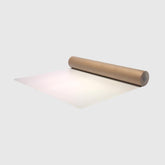Excess moisture can be a persistent problem in confined spaces like cars and small rooms, leading to various issues that compromise comfort and hygiene. In cars, trapped moisture can cause musty odors, promote mold growth, and even damage upholstery. Similarly, uncontrolled moisture in compact spaces like closets, drawers, or bedrooms can ruin stored items and affect air quality. moisture absorber for car-interiors or other small spaces, there's a simple and effective solution to these challenges. This guide will guide you through the effective use of a dehumidifier, helping you maintain a clean and dry environment.

How to Use Dehumidifier for Cars and Small Spaces
Step 1: Choose the right location
Optimal placement in cars: Identify areas in your car that are prone to moisture buildup, such as under seats, in the trunk, or near windows. These areas often trap condensation and odors, making them ideal locations for a moisture absorber for car-interiors.
Strategic placement in small spaces: For small spaces like cabinets, bookshelves, or drawers, place the dehumidifier in a spot where airflow is restricted, but moisture can still accumulate. A corner of a cabinet or in a drawer with delicate items is a good choice. If you have a dehumidifier for bedrooms, then choose locations near windows or wardrobes for optimal results.
Step 2: Check usage
Tracking effectiveness: Check the dehumidifier regularly to see if it's actively reducing moisture. Signs such as reduced mustiness or visible condensation in the absorber indicate it's working effectively. Cars with persistent moisture problems may show improvement within a few days.
Scheduling inspections: In small spaces, you should inspect the absorber weekly to ensure it is not overwhelmed by excess moisture. If you have a powerful dehumidifier used for larger spaces, check the water collection tank and empty it as necessary to maintain efficiency.
Step 3: Replace and maintain
Safe Removal: Dispose of the water collected by the absorber responsibly. For disposable units, follow the manufacturer's guidelines for environmentally safe disposal. A reusable absorber must be emptied, cleaned, and refilled.
Guarantee a long life: Clean and dry reusable absorbers before reusing them. If you use a dehumidifier for bedrooms, clean the filters routinely to ensure the efficiency of a powerful dehumidifier To maintain. Regular maintenance ensures that the device continues to perform optimally.
How to check when the absorber is full and needs to be replaced
Visual indicators: Most desiccant dehumidifiers have a transparent or semi-transparent container that collects water. When the water level is near the top, it's time to replace or empty the unit. For a use prevents a full spill indicator.
Changes in effectiveness: If you notice odors or visible moisture returning, this could indicate the absorber is full and no longer functioning. In small spaces, this can also manifest as moisture on nearby objects or surfaces.
Conclusion
A dehumidifier for car interiors and small spaces offers a simple yet effective solution for addressing moisture-related problems. By choosing the right location, monitoring its use, and replacing it as needed, you can ensure your car stays fresh and your small spaces remain free from moisture damage. For larger spaces like bedrooms, a powerful dehumidifier is a valuable investment for maintaining optimal air quality. Whether controlling odors, mold, or condensation, these tools are invaluable in creating a healthier, more comfortable environment. Regular maintenance and proper placement maximize their efficiency and lifespan, giving you peace of mind when effectively managing moisture problems.
For an effective solution against excess moisture and a healthier living environment, see the Dehumidifier Collection by




